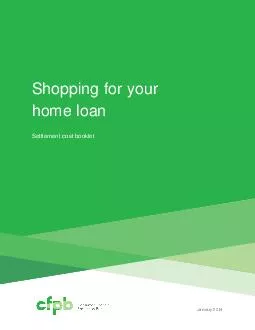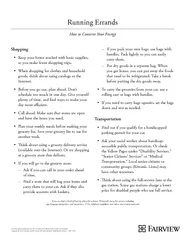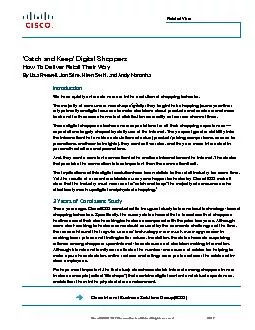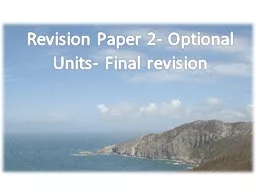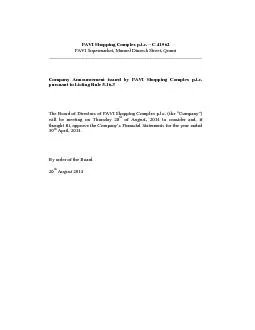PDF-Shopping for your
Author : tawny-fly | Published Date : 2016-10-19
January 2014 home loan Settlement cost booklet 2 SHOPPING FOR YOUR HO ME LOAN SETTLEMENT COST BOOKLET This booklet was initially prepared by the US Department of
Presentation Embed Code
Download Presentation
Download Presentation The PPT/PDF document "Shopping for your" is the property of its rightful owner. Permission is granted to download and print the materials on this website for personal, non-commercial use only, and to display it on your personal computer provided you do not modify the materials and that you retain all copyright notices contained in the materials. By downloading content from our website, you accept the terms of this agreement.
Shopping for your: Transcript
Download Rules Of Document
"Shopping for your"The content belongs to its owner. You may download and print it for personal use, without modification, and keep all copyright notices. By downloading, you agree to these terms.
Related Documents

